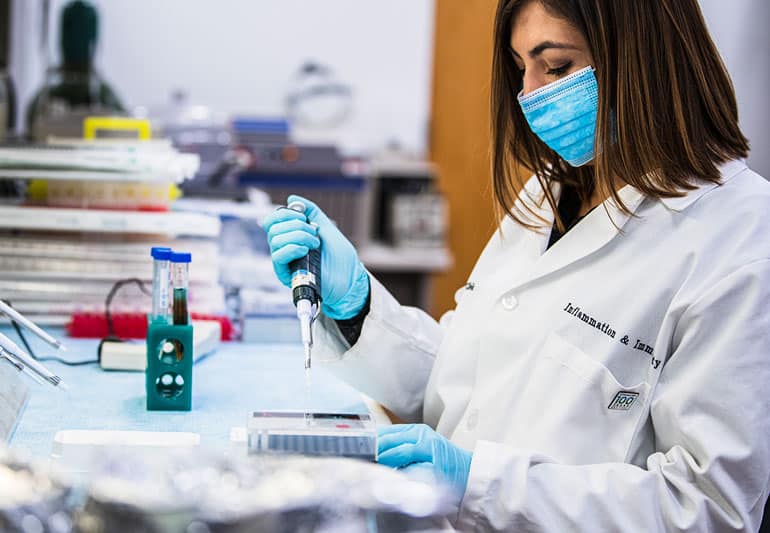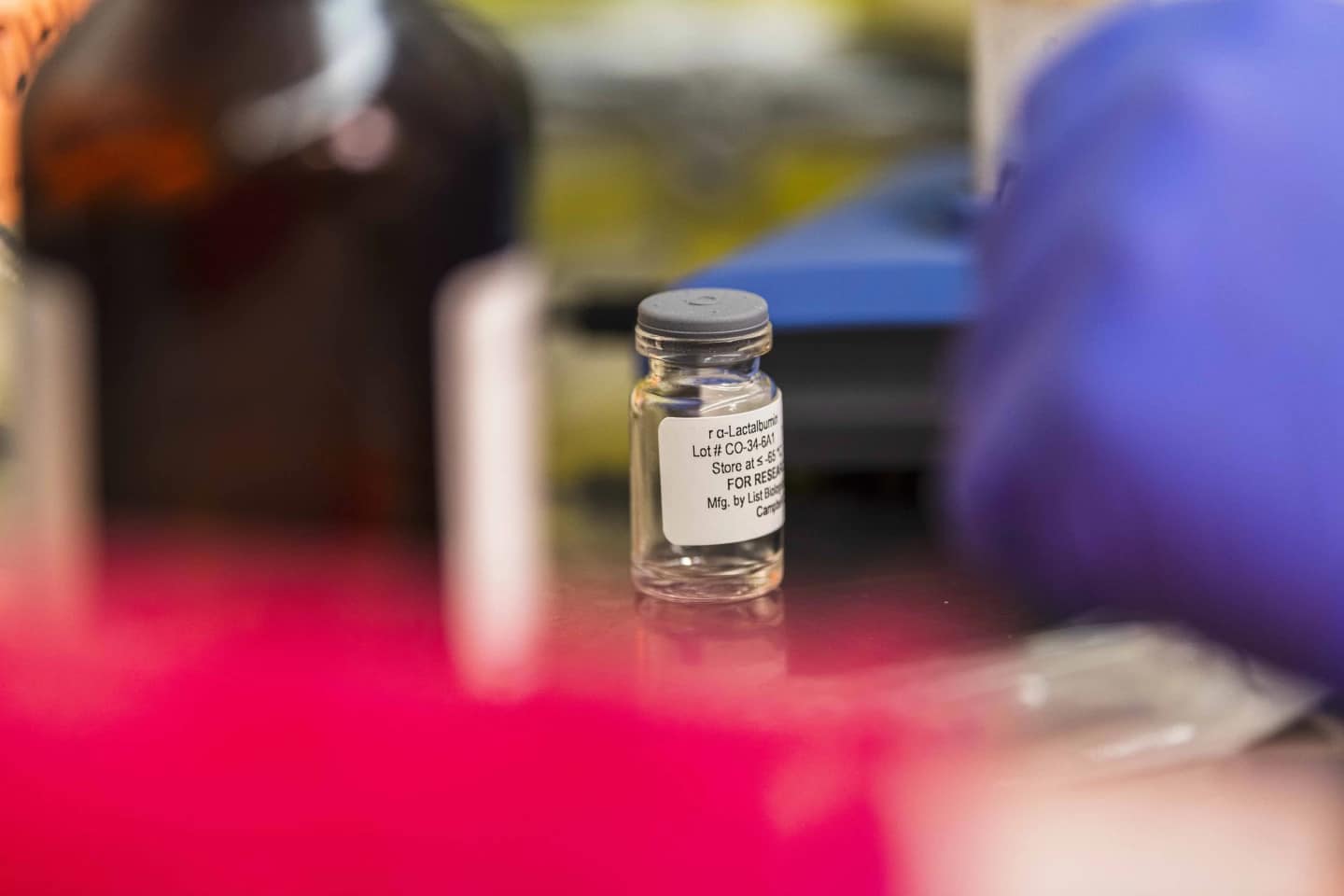After twenty years of preclinical research, the science is ready to begin the first phase of human testing a single-dose preventive vaccine for breast cancer. A vaccine designed to target a protein commonly expressed by triple negative breast cancers which are 15% of the total.
The definition of “triple negative” highlights the lack of one of the three main molecular characteristics commonly targeted by modern treatments. Bottom Line: Triple-negative breast cancers are particularly deadly.
The new way against breast cancer
A fundamental study released in 2010 perhaps it represented a breakthrough in the direction of a new type of breast cancer preventive vaccine. Research has indicated that breast cancer cells often express high levels of a protein called α-lactalbumin. In particular, triple negative breast cancer cells were found to commonly express the protein, making it a target for a vaccine.
The general idea behind the vaccine is that α-lactalbumin could be a so-called immunological target. We can stimulate the immune system to attack the cells that produce that protein and follow the cancer.
Thomas Budd, lead author of the study

Animal studies have found that training the immune system to target cells that produce α-lactalbumin can inhibit the growth of breast cancers and even prevent them from appearing altogether. Vincent Tuohy, who has been working on this project for nearly 20 years, says the goal is to produce a true prophylactic vaccine that can be given to those who are at high risk of developing breast cancer.
“What we're trying to do is what we call primary prevention,” Tuohy says. “It actually prevents the disease from occurring in the first place. We are not trying to prevent recurrences, but rather the emergence of breast cancer."
Finally phase 1
This Phase 1 human trial is designed to offer preliminary insights into the profile of safety of the vaccine. The study will also evaluate immunological responses. Up to 24 women will initially be enrolled in the study. The cohort will include patients with triple-negative breast cancer currently disease-free, who will be followed up for approximately three months to monitor for adverse effects.
This phase should last about a year. Subsequent studies will enroll more volunteers to begin evaluating theeffectiveness. In those subsequent studies, the researchers hope to treat healthy but genetically high-risk subjects for developing breast cancer.
Hopefully, that is, if every phase of the research goes perfectly, we will have this vaccine in 2031. This is because it takes years to assess the occurrence of cancer in someone's life.
It won't be for everyone
Don't expect this vaccine to be injected into young children to prevent breast cancer as is done today for measles or meningitis. The vaccine's target protein, α-lactalbumin, is a lactation-dependent milk protein. This means that it is expressed normally when healthy breast tissue is preparing for breastfeeding.
This vaccine can therefore be used in women at high risk of breast cancer who are already past childbearing age, or in younger women at particularly high genetic risk of breast cancer who may be willing to give up breastfeeding in the future.
Despite potential limitations to widespread dissemination, it would be a remarkable achievement. And researchers are optimistic that this strategy can be applied to other types of cancer as well.
Cancer (not just breast cancer) is the big goal for the next few years
There are many other researchers around the world who are studying a variety of molecular targets for many different types of cancer vaccines. Human studies have already begun on a colorectal cancer targeted vaccine and other types of cancer vaccines are in various stages of development. They target everything from skin cancer to cancer of the lung, passing through the glioblastoma.
“Our translational research program focuses on developing vaccines that prevent diseases we face as we age, such as breast, ovarian and endometrial cancer,” says Tuohy, looking to the future. “If successful, these vaccines have the potential to transform the way we control adult-onset cancers and increase life expectancy in a similar way to the impact that the childhood vaccination program has had.”


